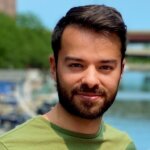Augmented reality is essentially the fusion of digital information and experiences with the physical world. AR is typically accessed through mobile apps or on your phone’s web browser. Special wearable devices such as smart glasses or headsets can enhance AR experiences, and it is estimated that there will be more than two and half billion mobile AR devices and smart glasses by 2023.
AR is delivering huge opportunities for businesses of all sizes and industries. Consumers are more comfortable integrating AR into their everyday lives. According to Gorilla in the Room, 30% of people had an AR/VR experience over the last six months and 69% of people are excited by AR experiences.
AR developers and development agencies are at the forefront of this consumer adoption and excitement around AR. For example, it is already becoming common for companies to send AR gifts instead of tired old gift cards and some companies have used a hologram of their founder to help you pick the best wine for your meal, right in your kitchen.
The Impact of AR in Retail
Beyond the excitement of visualizing a couch in your living room before you buy it or virtually trying on lipstick, augmented reality has a scalable impact in retail. It provides a higher level of service by attending to the customer’s needs immediately and with customized information.
Some of the demonstrable benefits that Augmented Reality brings to retail are:
- Increases conversions
- Reduces returns
- Educates customers
- Offers shareable experiences
- Gathers information on consumer needs and preferences
- Builds customer loyalty
Let’s chat
Not sure where to start? Book a free strategy call with us to get started! No strings attached.
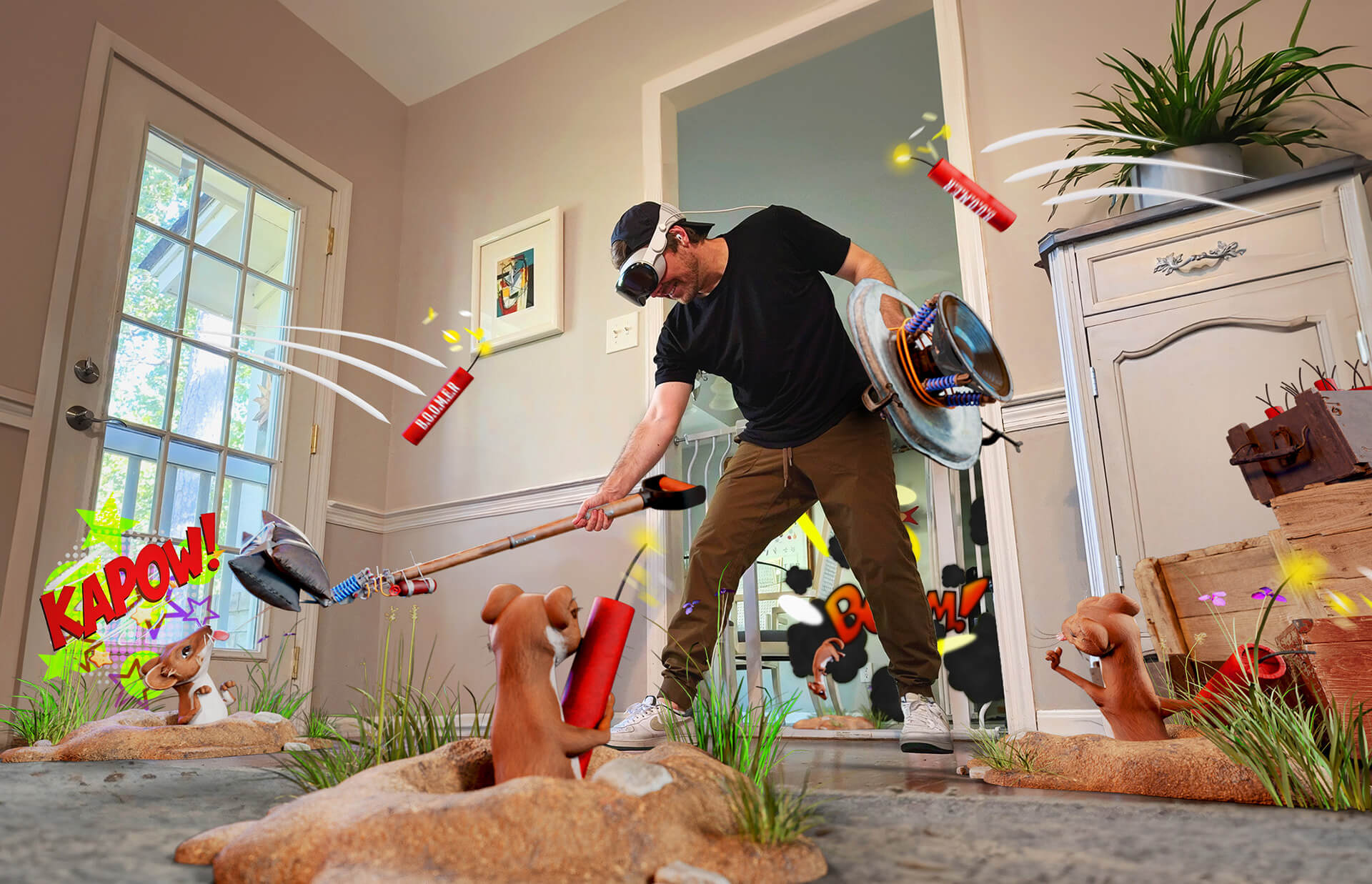
According to ARtillery, there was a 74% increase in the number of customers who preferred pointing their mobile devices at products to receive digital product details once they first tried it.
This shows that customers are not only open to trying AR, but they are hooked once they try it. Companies now have the opportunity to educate, engage, and entertain their customers while making the buying journey easier.
Retail companies using AR create a unique environment that enhances the in-store experience and online shopping. At the same time, AR allows businesses to extend their geographic reach by addressing the preferences of people around the globe. AR has become the ultimate customer-centered experience.
AR for In-store Experiences
As mentioned above, customers can now point their mobile camera at products and see detailed information, receive recommendations, and browse through reviews. This experience can be further developed by businesses to create customized offers, special discounts, and promotions based on the store’s location, product, and customer data.
Accessing the brand’s product information using a mobile phone allows real-time data gathering and easy customization of the information provided. This feature helps boost sales and foster customer loyalty. It also allows companies to gather valuable information on their customers to improve marketing and the overall customer experience.
AR For Online Shopping
Online shopping is booming due to the global pandemic and era of social distancing. However, many shoppers still prefer having an immediate and physical connection with a product in-store. For example, Seventy percent of the people who choose not to buy online say that what helps them buy a product is interacting with it in real life.
Augmented reality offers considerable aid in bridging the gap between the digital and physical world by offering experiences such as virtual dressing rooms, try-ons, and 3D holograms of models to give people a tangible sense of the product before they buy it.
AR for Pop-up Stores
Everyone knows about pop-up stores and how this temporary and small-scaled marketing technique has innovated the retail industry. The next significant stepping-stone for pop-up stores is an invisible pop-up shop that uses AR to entice customers and sell products. While in the pop-up store, whether it is outdoors, such as Airwalk’s campaign, or indoors, users scan a code to access the experience. This feature allows them to virtually try on products, get information about them, and ultimately click to buy.
Examples of Augmented Reality in Retail
The Saks Fifth Project
Saks Fifth, the famous luxury chain of retail stores, allows customers to virtually try on clothes and accessories using the app developed by RPR. Shoppers use their phones (or store-provided smart glasses to view and purchase items, receive recommendations, and access other merchandise information.
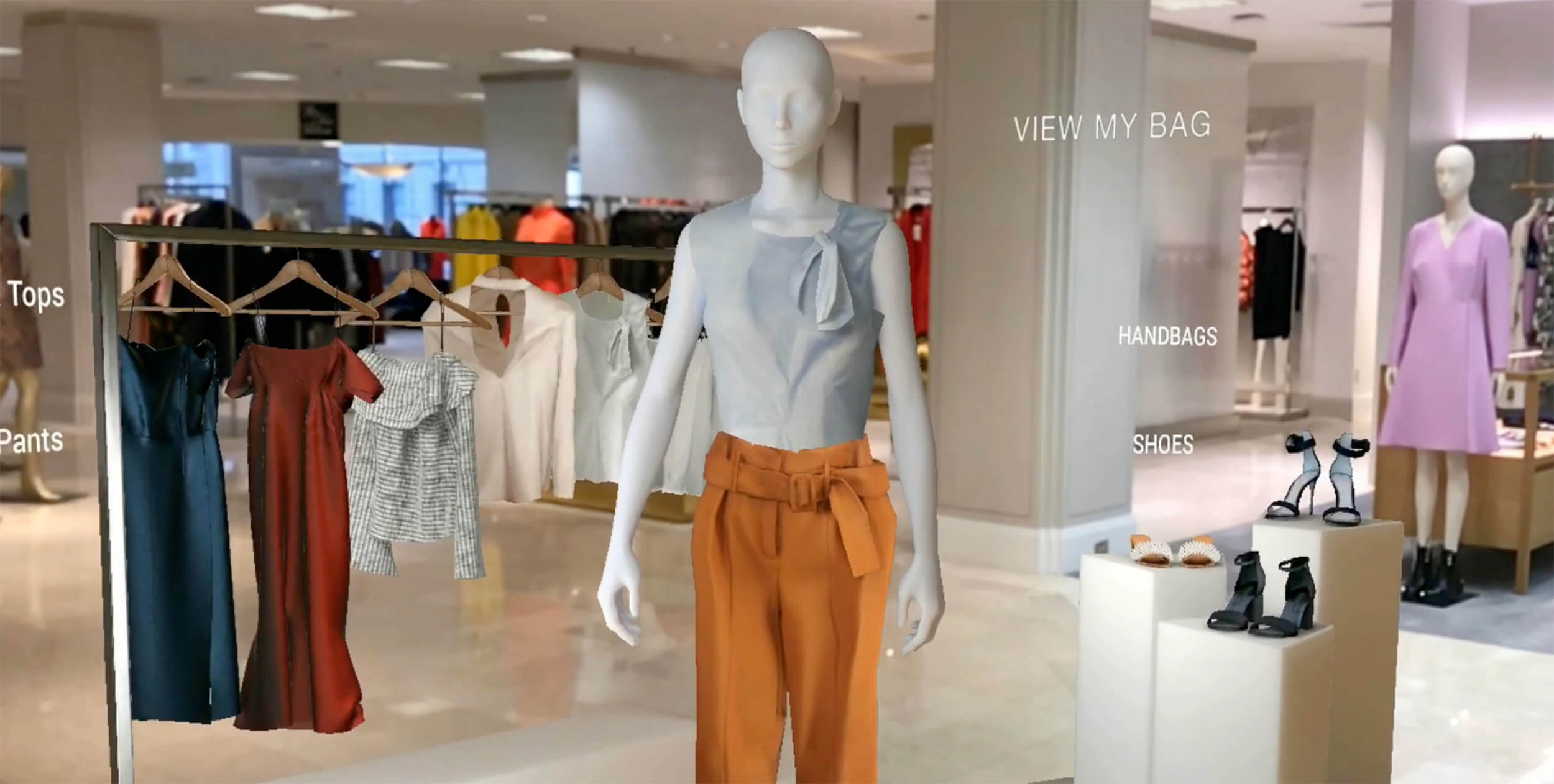
The campaign is available for both in-store and at-home shopping, making it easier for customers to shop on the go, wherever they are. The ability to try on an item from home increases buyer confidence, which leads to increased sales lift and reduces the volume of returns.
The Saatchi Art Project
The largest online art store in the world proved that online retail stores could and should integrate AR into their digital strategy. RPR developed the world’s largest deployment of WebAR for Saatchi Art, by creating a feature known as “View in My Room.”
This allows customers to visualize over 1.4 million works of art on your wall before purchasing. This gives a better sense of the artwork’s size and color in your home. The entire experience takes place on the consumer’s browser without any need to download an app.

The web-based technology adds ease and access to the buying experience, driving a 70% increase in sales and a larger volume of users.
Keep up to date
Sign up to our newsletter for exclusive updates and content, delivered directly to your inbox.
The IKEA Project
One of IKEA’s most significant challenges was the volume of returns. After many customers purchased and assembled their new furniture, they realized that the item they just purchased either did not look as expected or did not fit in their home. Add the complicated instruction manuals to the equation and you have a recipe for a low customer satisfaction rate.
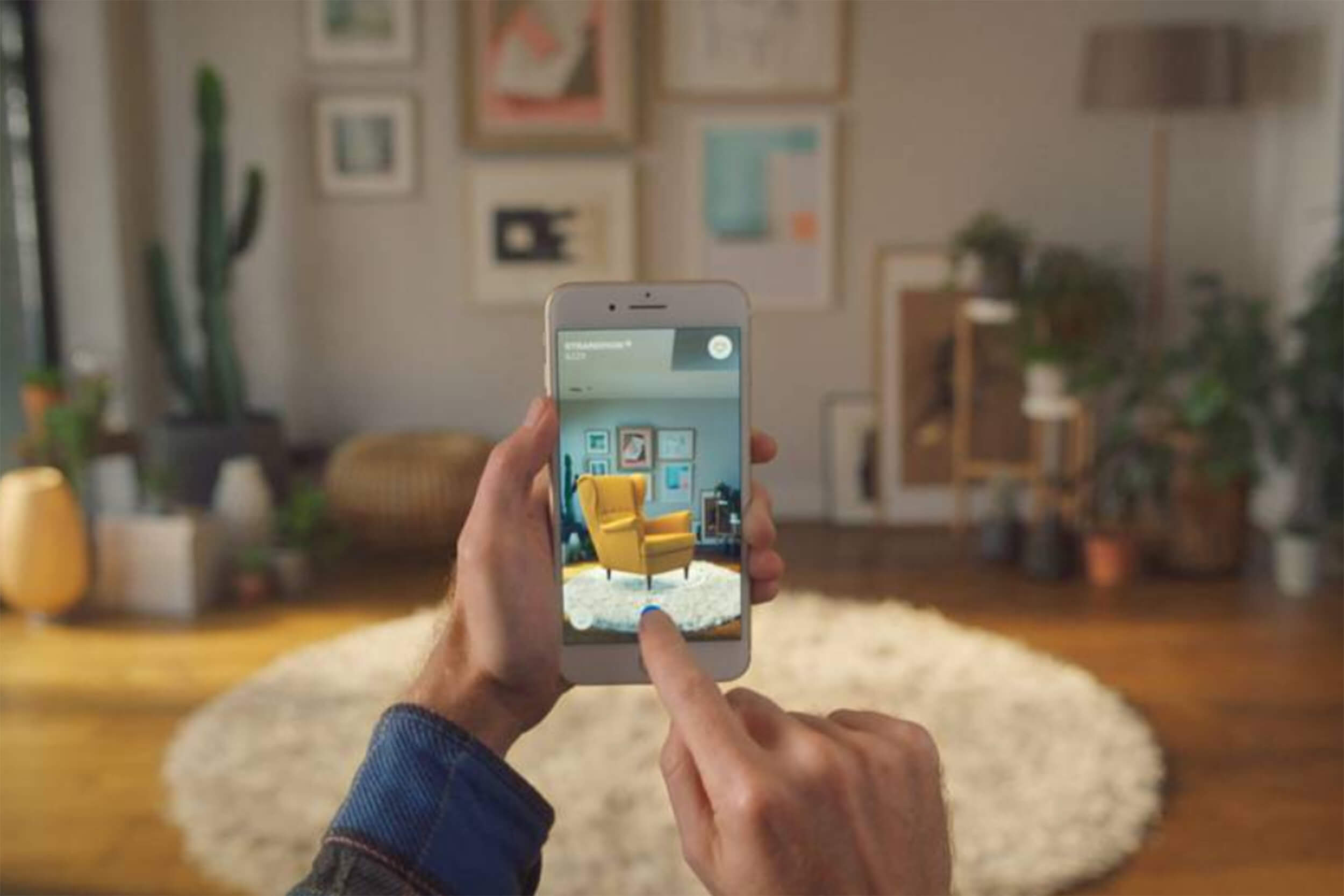
IKEA was one of the first companies that used the “Try Before You Buy” feature. Like many retail companies today, IKEA turned to Augmented Reality to combat their issue with high returns. By using the IKEA Place app, customers can browse over 2,000 pieces of furniture and visualize them in their homes.
The campaign reduced the return volume, boosted customer satisfaction, and resulted in over two million app downloads.
The Sephora Project
Sephora uses 3D Face Recognition to bring Augmented Reality into their marketing campaigns. The Virtual Artist App, developed by the famous beauty retailer, allows users to try various makeup products by uploading a selfie. The app also offers interactive tutorials on using various make-up products, contributing to Sephora’s efforts to educate its customers.
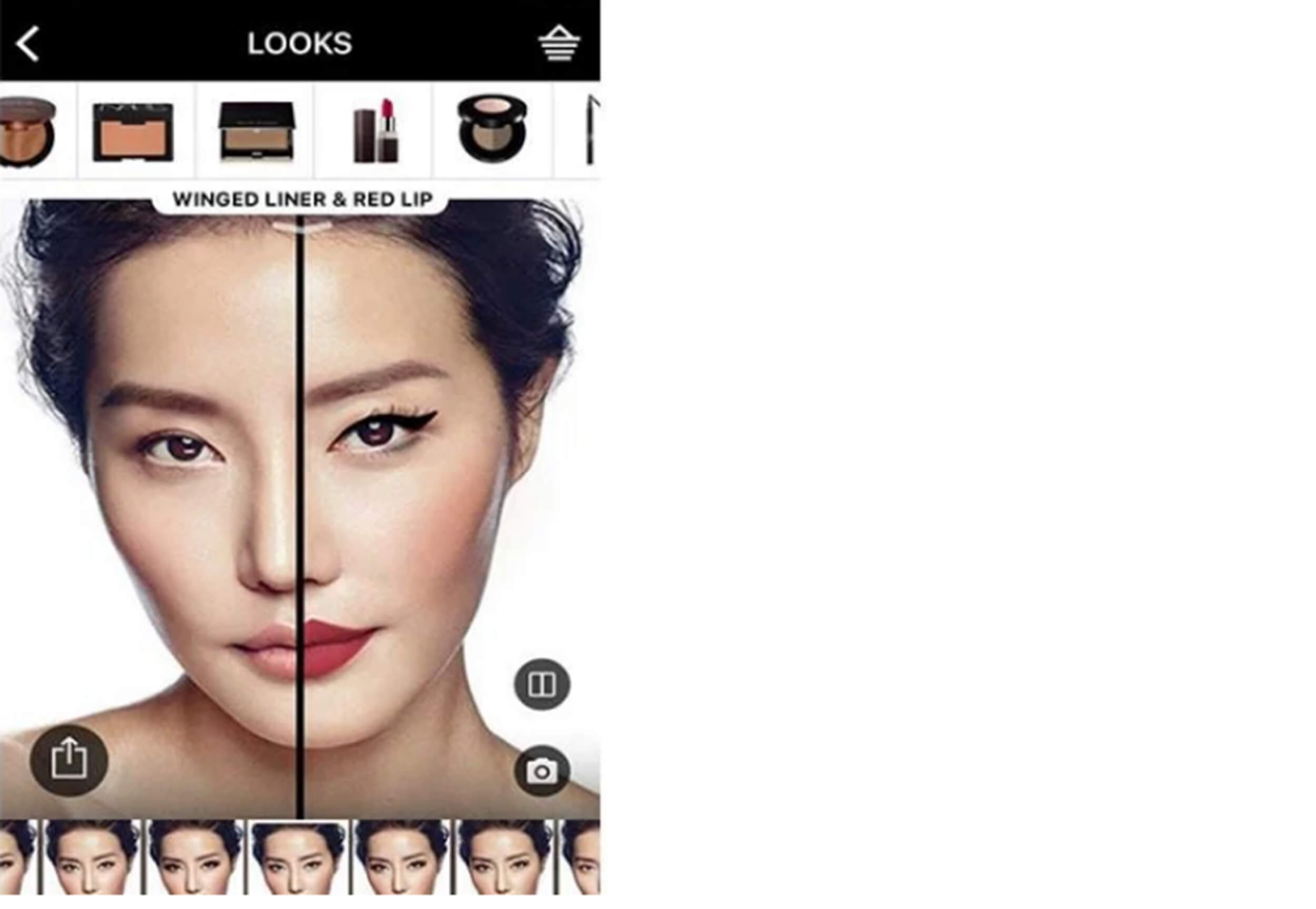
The feature increases buyer confidence and purchase intent by demonstrating how the makeup will look once it’s applied. Trying on make-up products before purchase allows customers to create customized looks and try products they would have otherwise disregarded.
The Lego Project
Lego partnered with Snapchat to create an AR Fashion Boutique to promote their latest adult clothing line. The store appeared empty inside except for some Snap codes.
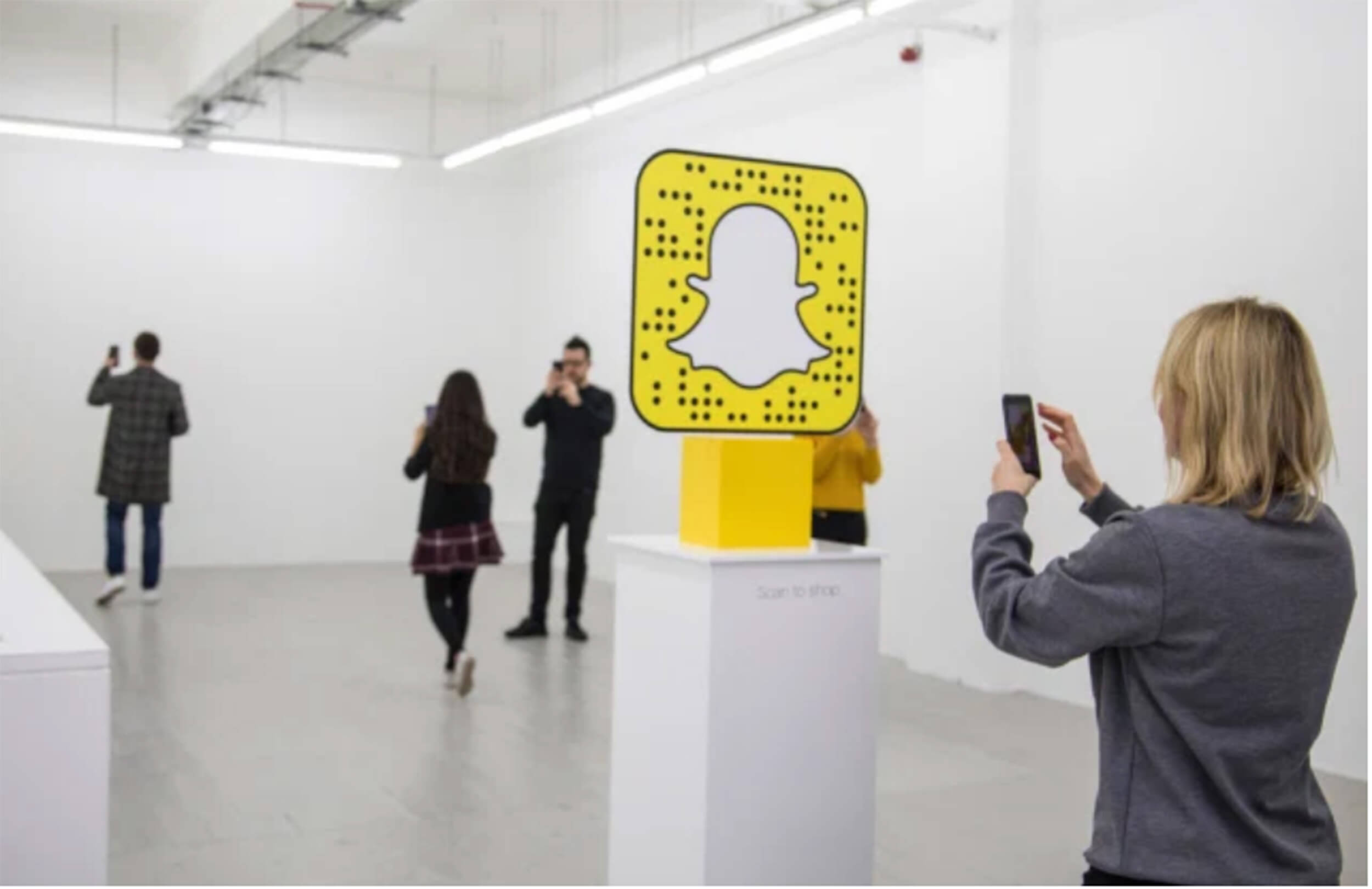
When the users scanned the codes, they gained access to the entire experience: interactive arcade games, a virtual DJ booth, and an exclusive collection of clothing. This innovative clothes-less clothing store shows the endless possibilities AR can bring to the retail industry.
The Future of AR in Retail
Augmented Reality brings the retail industry to a new level and helps customers make faster and better purchasing decisions. In addition to that, the entertainment factor of AR builds brand awareness, encourages shareability, and creates strong positive associations with brands. Retail companies in any industry can benefit from embracing AR as the future of their customer engagement at any step of the customer journey.
RPR is committed to helping companies of any size harness the full power of Augmented Reality and has successfully integrated it into dozens of businesses with up to 30X ROI From app development to consulting services, we support your business every step of the way.
See Also: Web AR Examples
